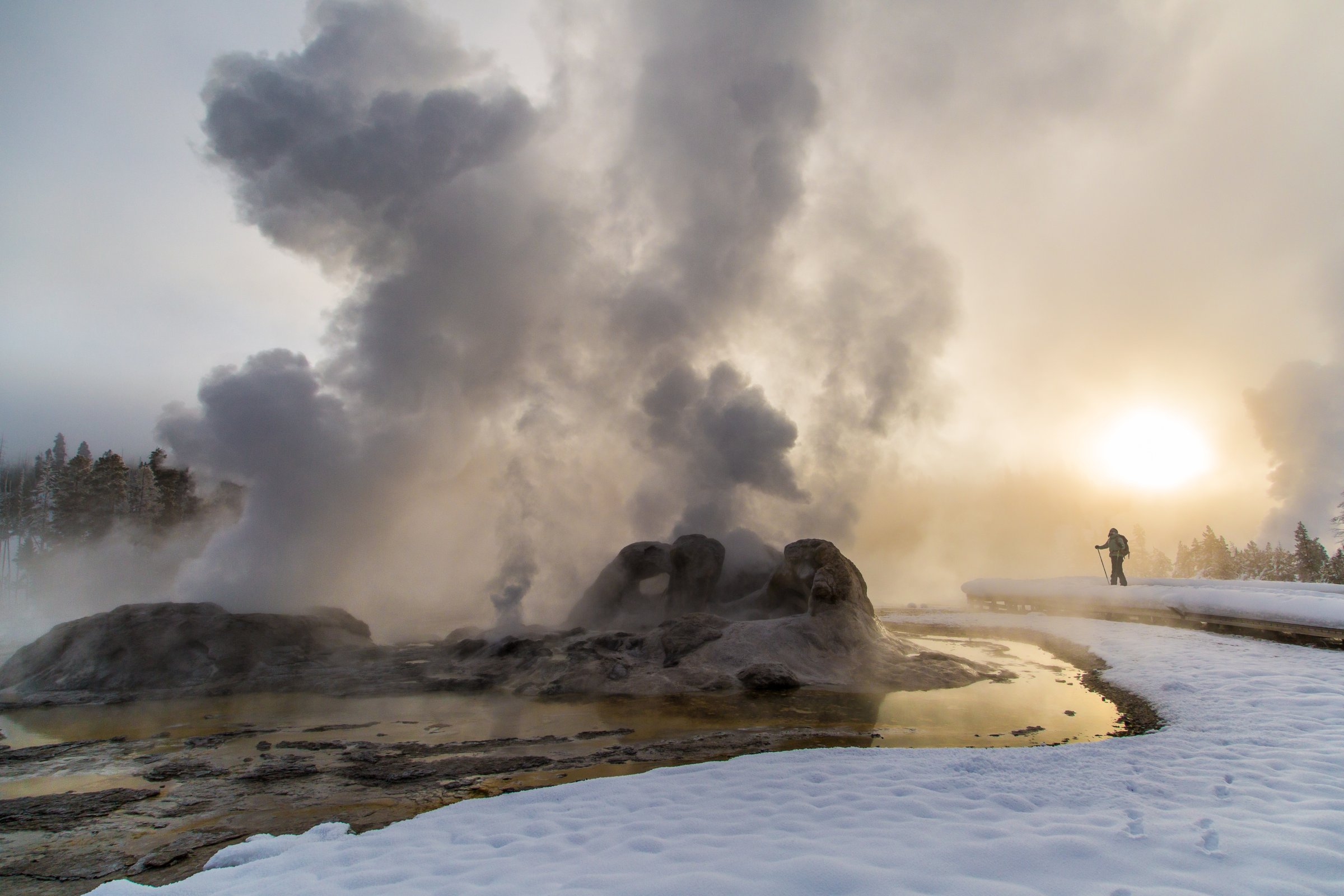
The tragic death of a man who ventured into an out-of-bounds hot spring in Yellowstone National Park may sound shocking, but there’s a reason why the water was so dangerous.
As surprising as it might be to learn that a human being dissolved completely in water, the scientific reason why some hot spring water is dangerously acidic and other water completely harmless is completely clear. Scientists behind a 2012 study published in the journal Geochemistry, Geophysics, Geosystems laid out the distinction between acidic and harmless water after evaluating water that originated in the Heart Lake Geyser Basin.
Safe and unsafe water for humans originates in the same place deep underground, but separates as it comes to the surface. Some water becomes highly acidic as small microorganisms that live in extreme heat break off pieces of surrounding rocks adding sulfuric acid to the water. When that highly-acidic water bubbles to the surface—through mud pots and fumaroles—it is no longer safe for humans.
Anyone questioning the safety of water at or near a hot spring should look stay on the path and respect boundaries set by the National Park Service.
More Must-Reads from TIME
- Cybersecurity Experts Are Sounding the Alarm on DOGE
- Meet the 2025 Women of the Year
- The Harsh Truth About Disability Inclusion
- Why Do More Young Adults Have Cancer?
- Colman Domingo Leads With Radical Love
- How to Get Better at Doing Things Alone
- Michelle Zauner Stares Down the Darkness
Write to Justin Worland at justin.worland@time.com